
Jim McQuaid
- Ice algae that grow in extreme environments are darkening the ice sheet in Greenland.
- Dark colors absorb more heat, which makes ice melt faster, adding to rising sea levels.
- The increase in algae because of climate change, an expert told Insider.
- See more stories on Insider's business page.
The Greenland ice sheet is darkening due to algae growing on its surface – which in turn are making the diminishing expanse of ice melt even faster.
Over the past decade, scientists have discovered that these algae are a major contributor to the so-called "dark zone," a strip of darker ice on the South Western coastline of Greenland which can be seen from space.
An expert told Insider that the algae increase is a consequence of climate change, and part of a vicious cycle that will lead to the ice melting away faster and faster.
Darker ice reflects less heat from the sun, which means that it melts faster than whiter patches.
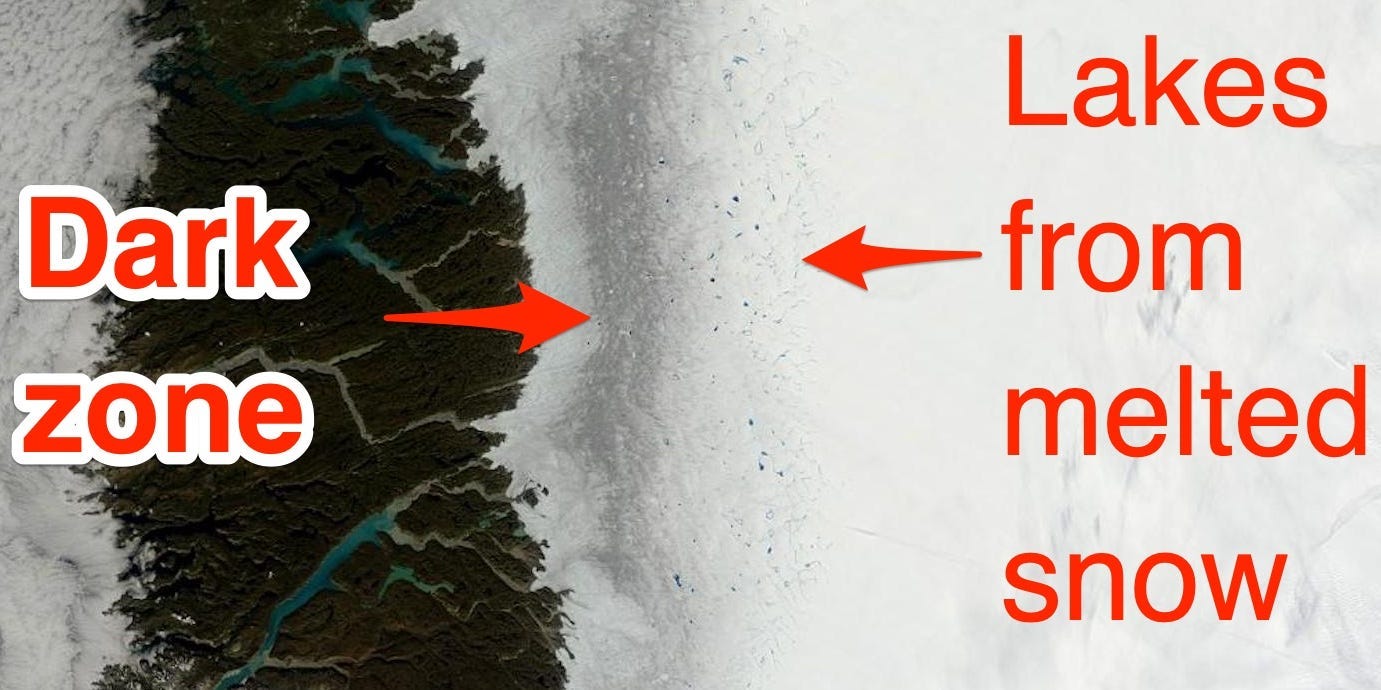
Insider/MODIS/NASA
These "snow" and "ice algae" have evolved to produce a range of colors to protect them from the intense sunlight bouncing off the white snow or ice.
"There are different species of algae in the snow and the ice. The ones in the ice are purple-ish. The ones in the snow can be green, yellow, or red," Prof. Liane G. Benning told Insider.
Benning is an expert in geochemistry at the Freie Universität Berlin and GFZ Potsdam research center, and a lead scientist on the DEEP PURPLE project, which studies ice algae.
Snow algae are the reason why "watermelon snow" can be seen on mountains and icebergs all around the world. In 2020, these algae turned the Italian alps pink.
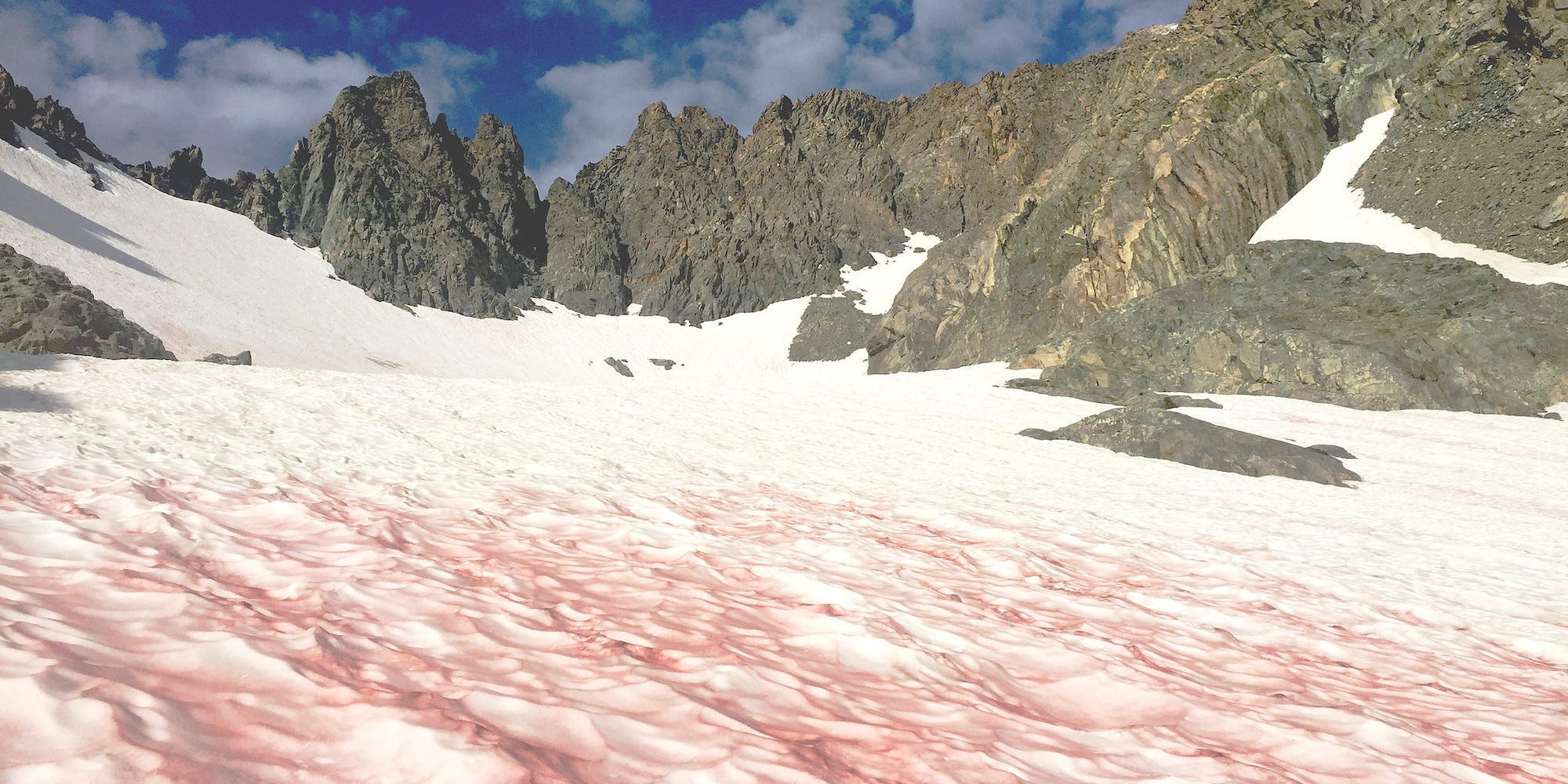
Pacific Southwest Forest Service, USDA/Flickr
A 2017 study found that watermelon snow contributed to icebergs in Alaska melting.
In Greenland, the snow algae are present, and they cause watermelon snow inland, away from the coastline.
But it is the ice algae, which grow were the ice is melting, which are causing the most concern.
These algae produce the dark purple pigment when they bloom. "The moment you've got ice melting, bam! There they go." Benning said.
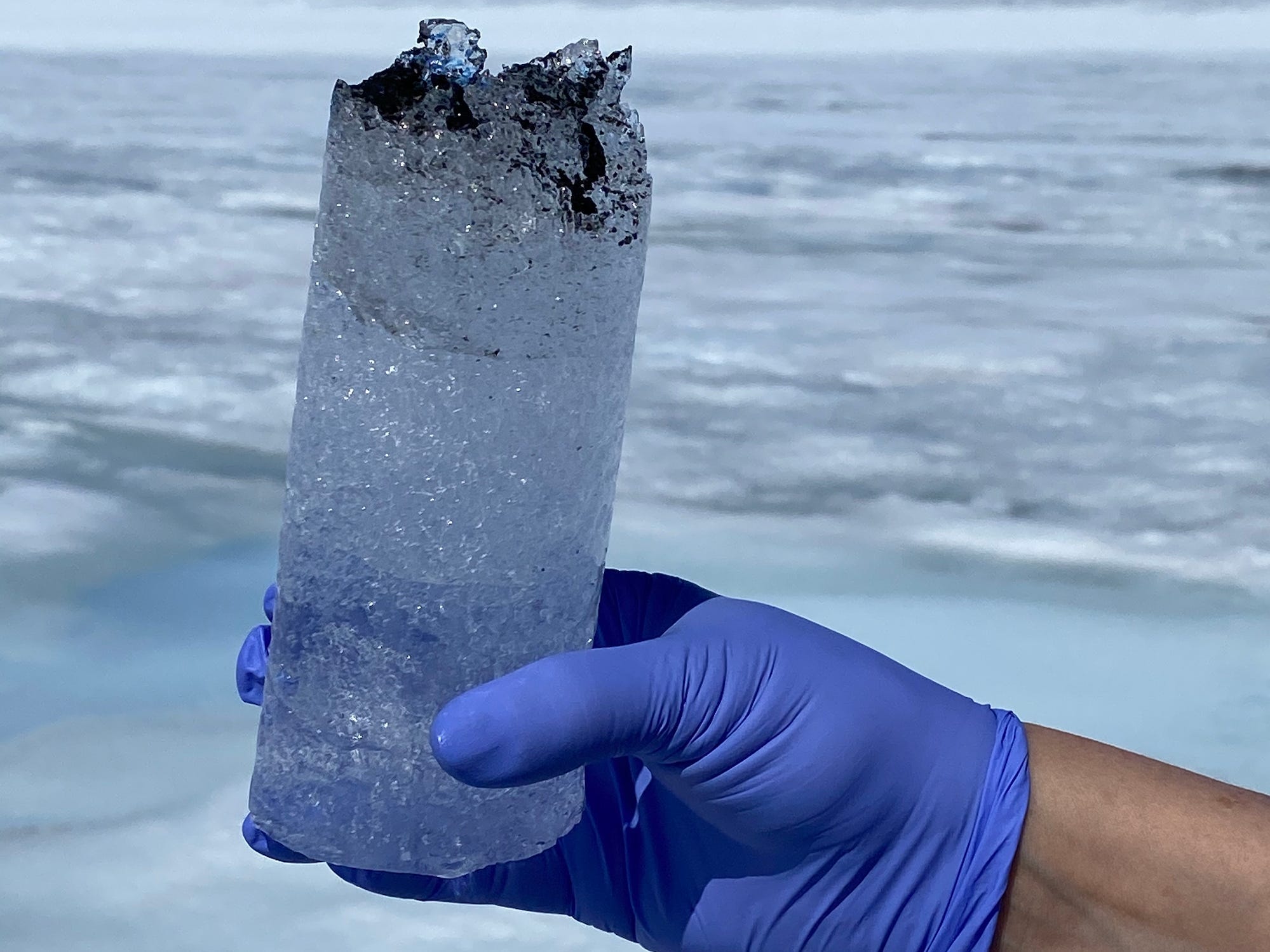
Liane G. Benning
Benning said that ice algae are proliferating because the ice is melting more quickly, and for longer. Ice in Greenland used to melt over a summer period of around 50 days, Benning said. "Now it's up to 75 days a year."
A study in 2019 showed that the Greenland ice sheet is melting seven times faster than it did in 1992.
"[Humans] increase the [global] temperature, there's more melting, there's more algae, there's more pigment. If there's more pigment, the ice is darker, it melts more."
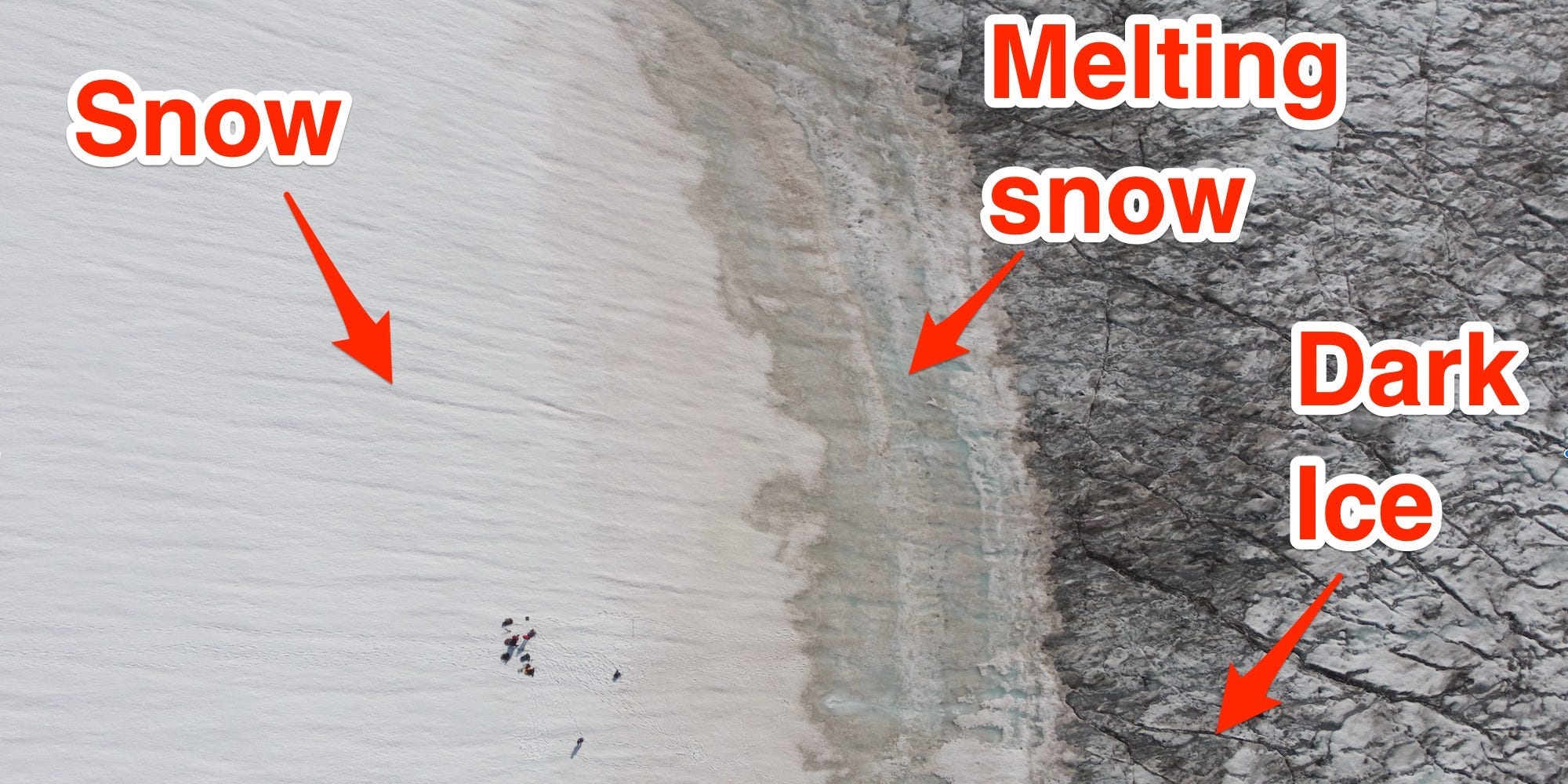
Insider/Laura Halbach
"These algae are a consequence of the change in climate, not a cause," she says.
Benning says the algae are the biggest contributors to the darkness of Greenland's dark zone, though not the only one.
Other factors include mineral dust that is released as the ice sheet melts and soot from industrial production and wildfires that drift towards Greenland then settles.
Greenland ice melting is the biggest contributor to rising sea levels. Scientists warned in 2020 that it the situation has reached the "point of no return", as the ice is vanishing faster than annual snowfalls can replenish it.
Scientists predict that Greenland melting could lead to a global sea level rise of between 1.5 feet and 5 feet over the next 200 years.
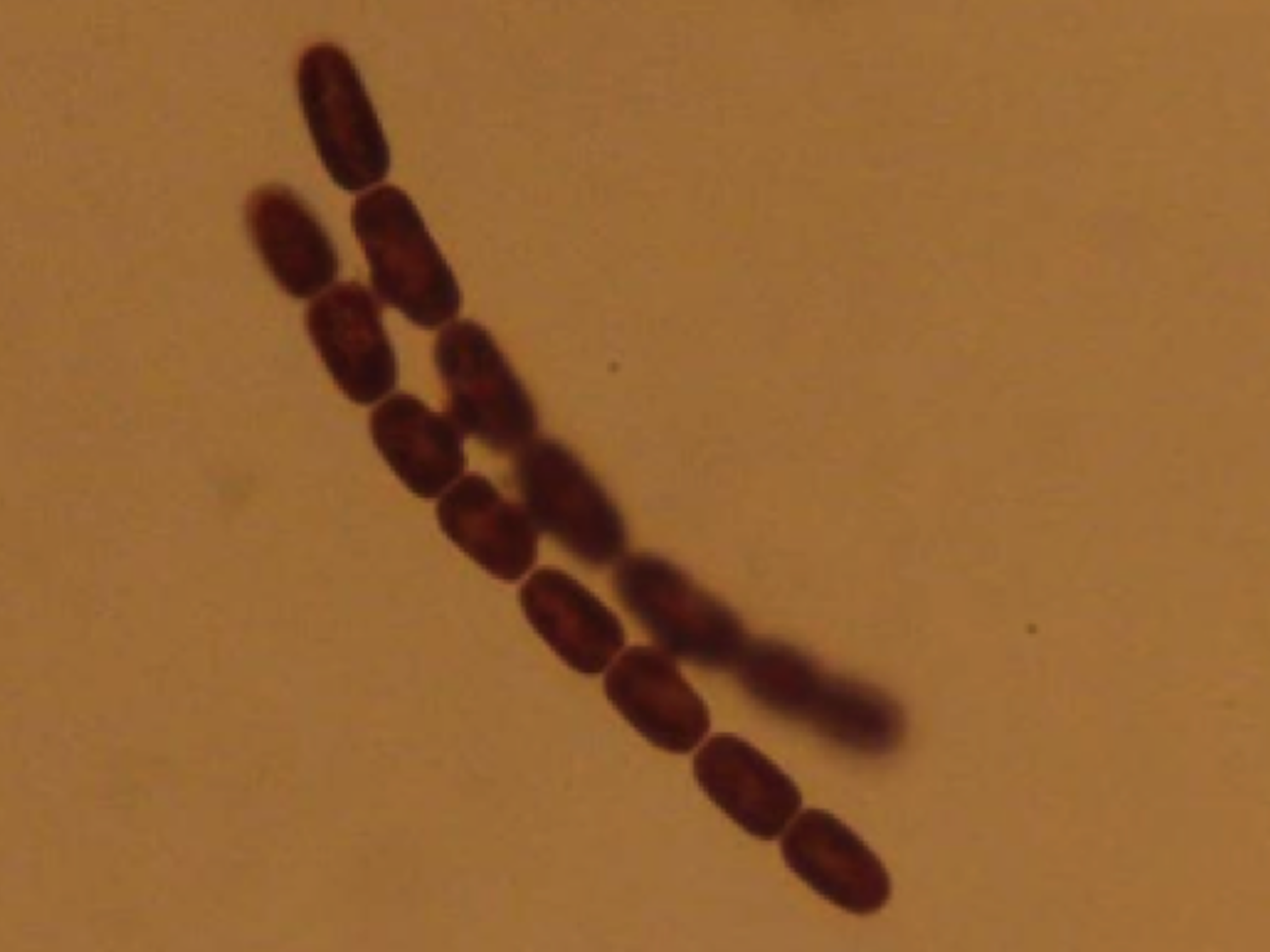
Alex Anesio
But because models haven't taken into account the algae accelerating the process, their predictions could be off.
Understanding how the algae fit in this process could help scientists give a better estimate, Benning explained.
"We will not solve the equation of the world, but we will help put in one piece of the puzzle that, at the moment, is creating lots of uncertainties."